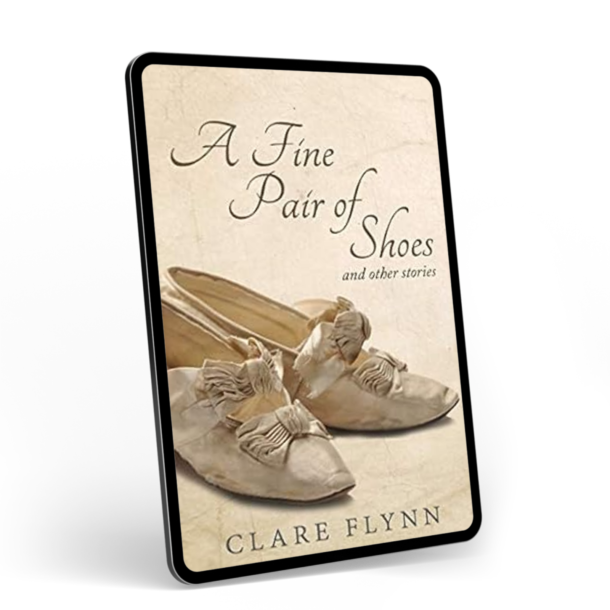At the moment I’m writing the sequel to The Chalky Sea. It’s set in Ontario, Canada, on a farm. I’ve never been to Ontario and a transatlantic trip doesn’t fit with my plans. I couldn’t get away until November and by then it will be freezing cold – not a great time of year to go touring around looking at farms. If I wait until next spring it will be too late.
As a result, I’m hanging out on Google Earth, taking virtual tours of the area looking for places that feel right and then doing some more research on the various locations. I’ve watched a few YouTube videos from the 1960s about small Ontario towns and numerous ones on farming methods.

image Pollinator – English Wikipedia
Yesterday, my character was planting beans, so, to ensure he didn’t do it the wrong way, I hung out on a lot of farmers’ blogs. There are some very active farming bloggers in Canada and the USA – including one who, as well as his own farm, visits others across Ontario to check out and share what they’re up to. I found myself increasingly fascinated by garlic cultivation and corn growing. That’s when I discovered Corn Porn.
Farmers evidently don’t get out much (well farms do tend to be a bit of a tie) so one or two have developed a line in farm related humour. They shared some fascinating photographs to explain the reproductive processes of corn (or as one described it – “gratuitous cornography”. It’s all about tassels (male) and silks (female). I went back later to find one of the posts, called ‘Corn Porn’, and hadn’t bookmarked it, so I typed corn porn into Google only to discover there’s a whole different way to use those corn cobs. I don’t think that’s ever going to make it into any of my books!

image – Oven Fresh via Wikimedia Commons
After the raunchy world of corn fertilisation, I played it safe with maple syrup. Endless entertainment watching old fellows tapping trees and stirring big vats of boiling syrup. No one will ever tell me being a writer doesn’t broaden the mind.
Why bother to get immersed in the nitty-gritty of agricultural production you may say? – you’re writing a novel not a farmers’ almanac. Dumping large quantities of research information is the fastest way to turn a reader off. It’s about the Story, Stupid! Yet the story has to live in a world that feels real to the reader and builds pictures in the mind. So, it’s all about knowing a whole lot of stuff and using only a very small part of it. That very small detailing can help the story jump off the page and come alive.
So, in essence the key is to weave in elements that will help plunge the reader into a completely believable world without dumping a ton of extraneous information on the page.


0 Comments